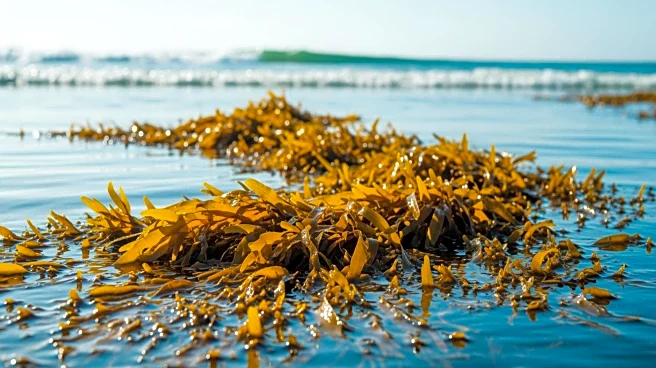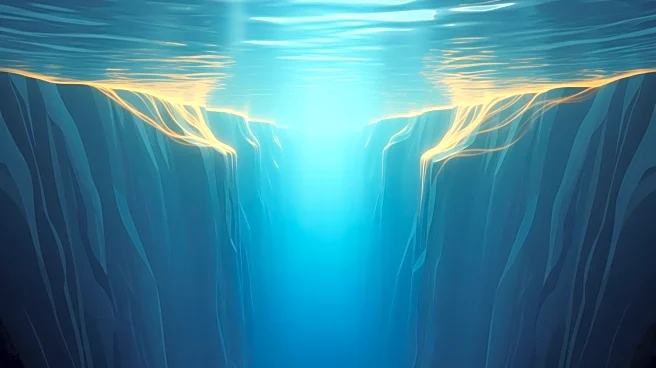What's Happening?
Researchers have discovered that ancient bogs across the Southern Hemisphere hold vital clues to a significant climate shift that occurred 15,000 years ago. The study, published in Nature Geoscience, reveals
that abrupt changes in the Southern Westerly Winds led to a large expansion of peatlands after the last Ice Age. These findings were coordinated by the University of Southampton, with contributions from global specialists. Dr. Zoë Thomas, the lead author, explained that the wind shifts influenced carbon storage in peatlands and the exchange of CO2 between the ocean and atmosphere. The research involved radiocarbon-dating peat samples from South America, Australasia, southern Africa, and sub-Antarctic islands, identifying periods conducive to peat formation.
Why It's Important?
The study highlights the critical role of wind patterns in shaping Earth's climate and carbon storage capabilities. Peatlands are significant carbon reservoirs, and understanding their formation helps predict future climate scenarios. The findings suggest that modern shifts in the Southern Westerly Winds, moving towards the South Pole due to climate change, could reduce the ocean's ability to absorb carbon, exacerbating global warming. This shift has already contributed to increased droughts and wildfires in southern regions, indicating potential risks for ecosystems and human societies.
What's Next?
Continued monitoring of the Southern Westerly Winds is essential to assess their impact on climate change. Researchers may focus on understanding how these wind shifts affect carbon absorption in oceans and the implications for global climate policies. Governments and environmental organizations might need to consider these findings in their climate action plans, potentially leading to increased efforts in carbon management and mitigation strategies.
Beyond the Headlines
The study underscores the interconnectedness of atmospheric conditions and terrestrial ecosystems, emphasizing the need for comprehensive climate models that incorporate wind patterns. It also raises questions about the resilience of peatlands and their role in future climate scenarios, potentially influencing conservation strategies and land management practices.












